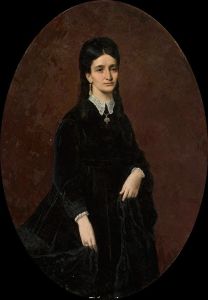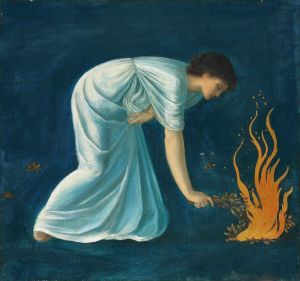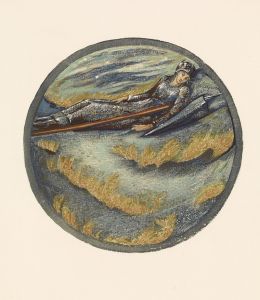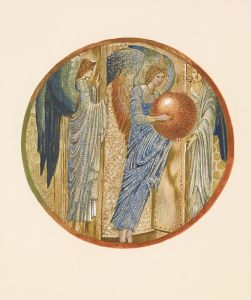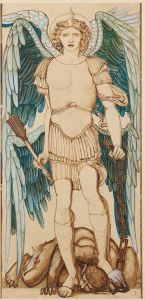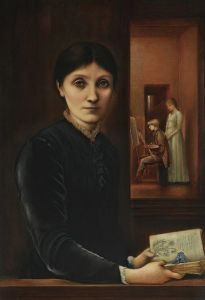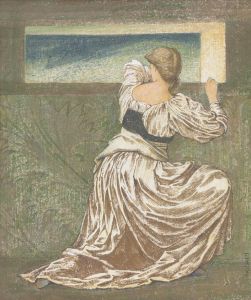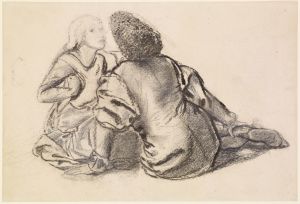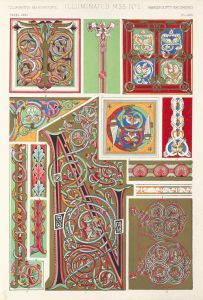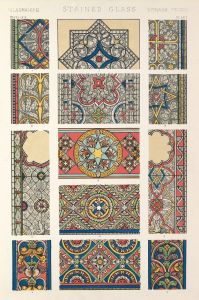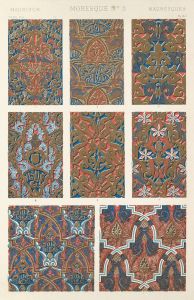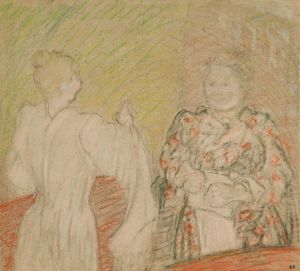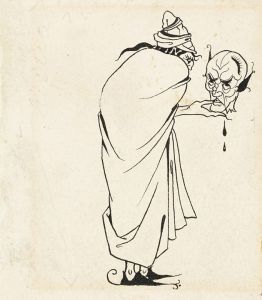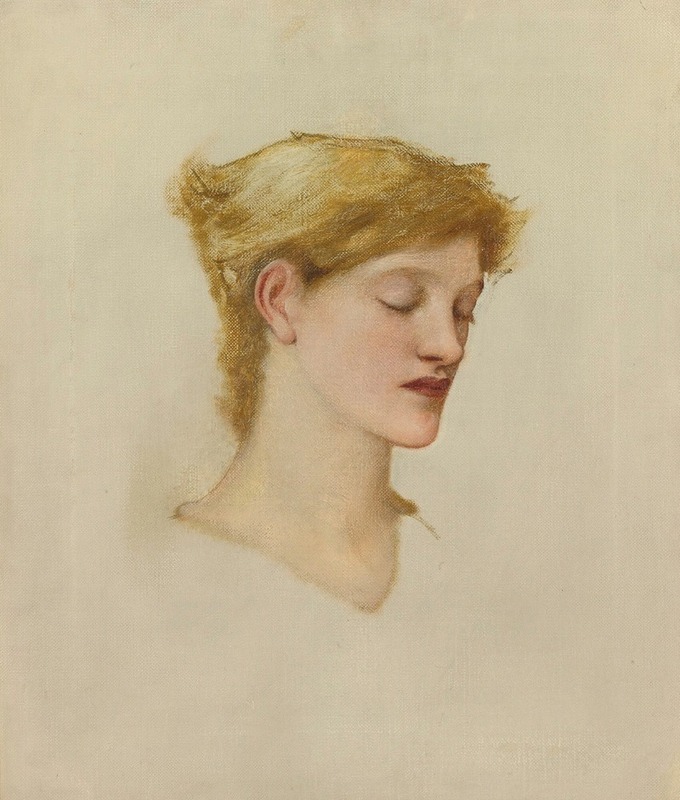
Head Of A Woman
A hand-painted replica of Sir Edward Coley Burne-Jones’s masterpiece Head Of A Woman, meticulously crafted by professional artists to capture the true essence of the original. Each piece is created with museum-quality canvas and rare mineral pigments, carefully painted by experienced artists with delicate brushstrokes and rich, layered colors to perfectly recreate the texture of the original artwork. Unlike machine-printed reproductions, this hand-painted version brings the painting to life, infused with the artist’s emotions and skill in every stroke. Whether for personal collection or home decoration, it instantly elevates the artistic atmosphere of any space.
Sir Edward Coley Burne-Jones was an influential British artist and designer associated with the later phase of the Pre-Raphaelite movement. One of his notable works is "Head of a Woman," which exemplifies his distinctive style and artistic vision.
"Head of a Woman" is a drawing that showcases Burne-Jones's exceptional skill in capturing the delicate and ethereal beauty of his subjects. The drawing is characterized by its meticulous attention to detail and the soft, flowing lines that define the woman's features. The subject's serene expression and the gentle, almost dreamlike quality of the drawing are hallmarks of Burne-Jones's work.
Burne-Jones was born in Birmingham, England, in 1833 and became a prominent figure in the Victorian art world. He was closely associated with the Pre-Raphaelite Brotherhood, a group of artists who sought to return to the detail, intense colors, and complex compositions of Quattrocento Italian art. Although Burne-Jones was not an original member of the Brotherhood, his work was heavily influenced by their principles and he became a key figure in the movement's later phase.
The Pre-Raphaelite movement was characterized by its rejection of the academic standards of the time, which the members felt had been corrupted by the influence of the Renaissance master Raphael. Instead, they sought inspiration from medieval and early Renaissance art, emphasizing naturalism, attention to detail, and vibrant colors. Burne-Jones's work, including "Head of a Woman," reflects these ideals through its intricate detail and the idealized beauty of its subject.
Burne-Jones's art often featured themes from mythology, literature, and religion, and he was known for his ability to create a sense of otherworldliness in his work. "Head of a Woman" is no exception, as it captures a timeless and almost mystical quality in the depiction of the female subject. The drawing is a testament to Burne-Jones's ability to convey emotion and beauty through his art.
Throughout his career, Burne-Jones collaborated with other prominent artists and designers, including William Morris, with whom he co-founded the decorative arts firm Morris & Co. This partnership allowed Burne-Jones to extend his artistic influence beyond painting and drawing to include stained glass, tapestries, and other decorative arts. His work with Morris & Co. helped to shape the aesthetic of the Arts and Crafts Movement, which emphasized craftsmanship and the beauty of handmade objects.
"Head of a Woman" is a fine example of Burne-Jones's contribution to the art world and his ability to capture the essence of his subjects with grace and sensitivity. The drawing remains an important piece in the study of Pre-Raphaelite art and continues to be admired for its beauty and technical excellence.
Burne-Jones's legacy endures through his extensive body of work, which includes paintings, drawings, and designs that have left a lasting impact on the art world. His ability to blend realism with a sense of fantasy and his dedication to the principles of the Pre-Raphaelite movement have cemented his place as one of the most significant artists of the 19th century.





